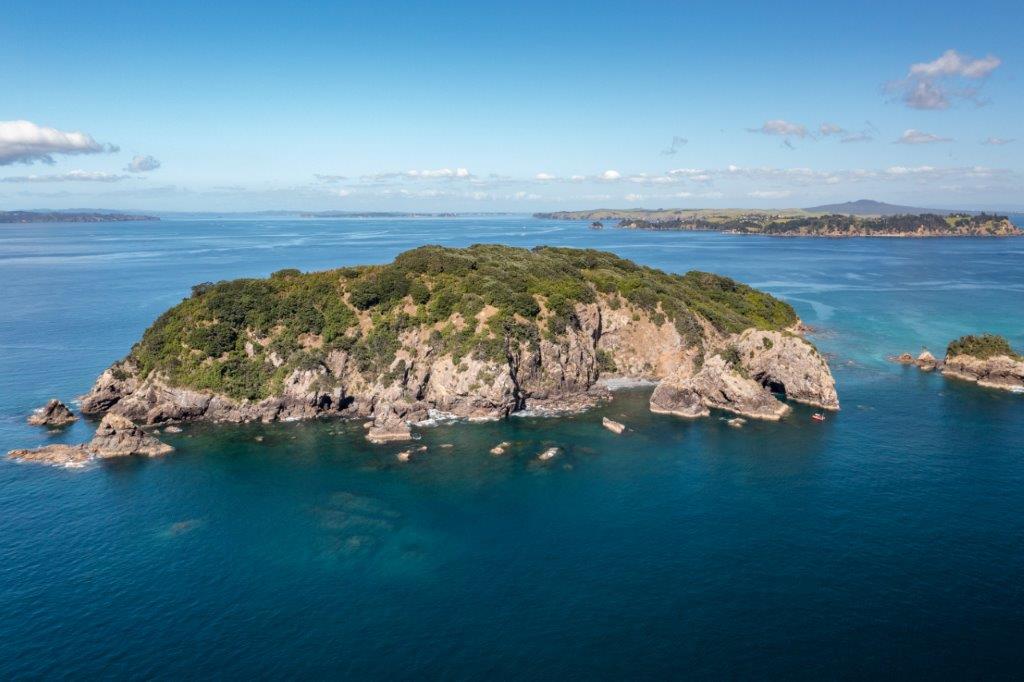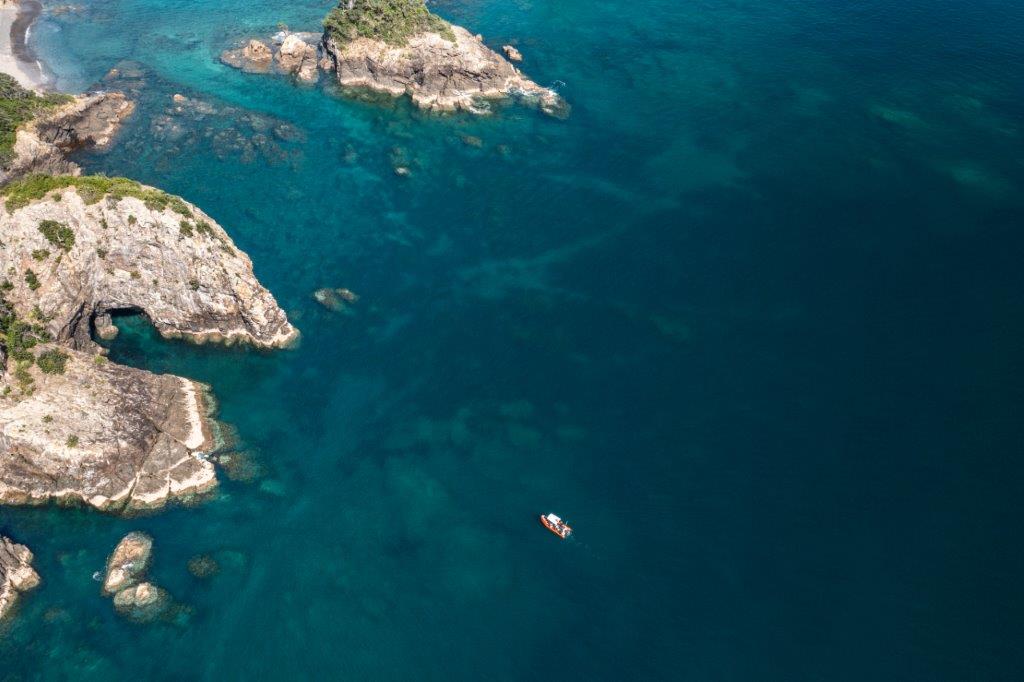The Noises hold a very special interest for seabird lovers. Being home to at least…
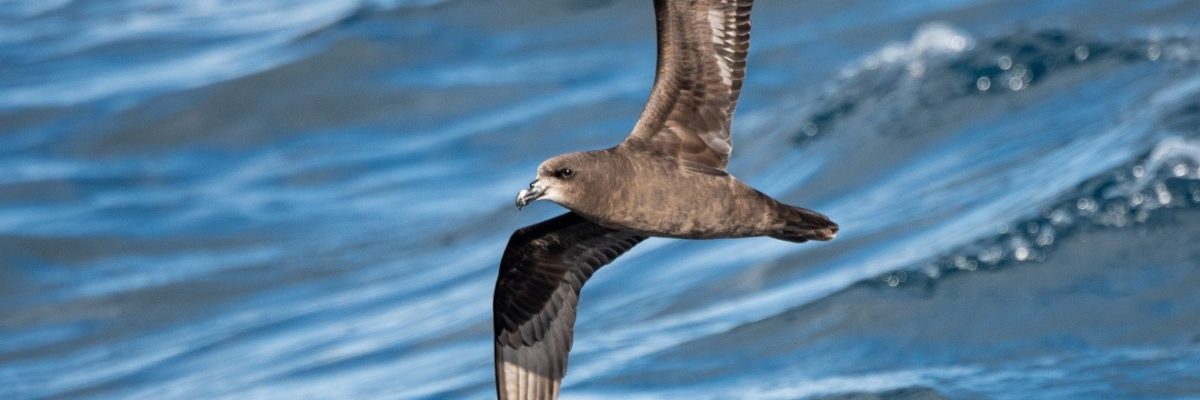
Return of the grey faced wanderers
With the hot summer nights giving way to cooler longer ones we are all settling into a quieter winter pace of life. However, on The Noises thing are just starting to hot up with the dark night air filled with beautiful and strange calls – whis-her, wik-wik or low moans oor-wik – though you are better to have a listen to the audio recording as you will then understand how hard these are to describe in words.
This beautiful eerie noise is made by the arrival of one of the islands groups most numerous large birds: Oi or grey-faced petrel (Pterodroma gouldi) returning for another breeding season. The grey-faced petrel is a stunning seabird; slightly smaller than a large seagull with long narrow wings. Its entire body is dark black brown except for the throat feathers that are a greyish white. Its bill is jet black with a vicious hook on the end that can slice through fish and squid, as well as the hands of pesky seabird researchers if they are not careful.
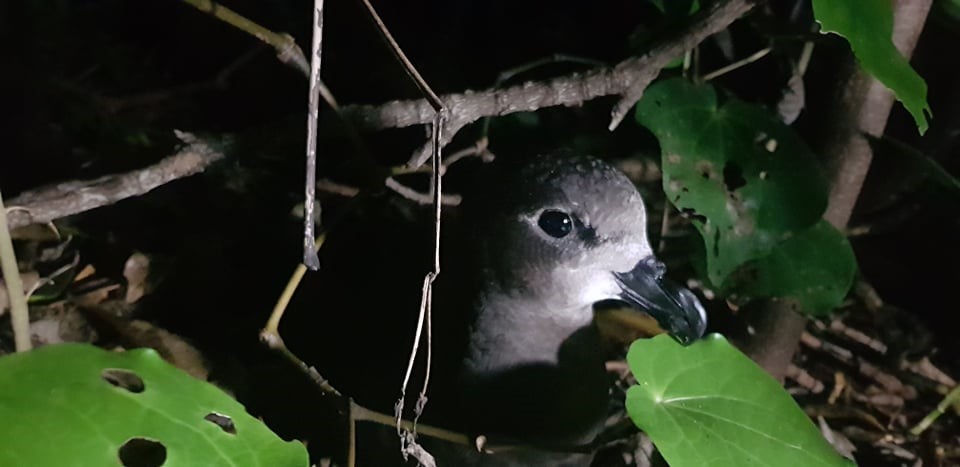
Grey-faced petrels breed during winter in their hundreds on The Noises, crashing through the forest canopy at night and shuffling through the forest to their familiar underground burrow that pairs of birds will use for many years. Birds start arriving at The Noises in April and May, to clear out their burrows, reconnect with their mate or find a new one. Un paired birds will frequently call loudly from the mouth of their burrow to say “here I am, come and check me out” and young couples also take part in spectacular mating flights over the islands, chasing each other and calling at hi-speed in the darkness. A single egg is laid in June and July with mum and dad incubating for over 50 days before their little fluff ball chick hatches and is completely dependant on its parents for food over a period of around 120 days before it is strong enough to leave for the open ocean.
If you think this seems like a long time you would be right. In fact, the group of seabirds called petrels take a long time to raise their babies. The reason being is that it’s really hard work making a living from the ocean and grey-faced petrels take this to the extreme. They are what scientists call a pelagic species, meaning they spend most of their time far from land, off the continental shelf. And, they are certainly well adapted for this lifestyle. With their long wings, birds have been tracked with GPS loggers attaining flight speeds of over 100 kilometres per hour with ease! Indeed, during breeding mum and dad grey-faced petrels can cross the Tasman sea, travelling thousands of kilometres in search of food.
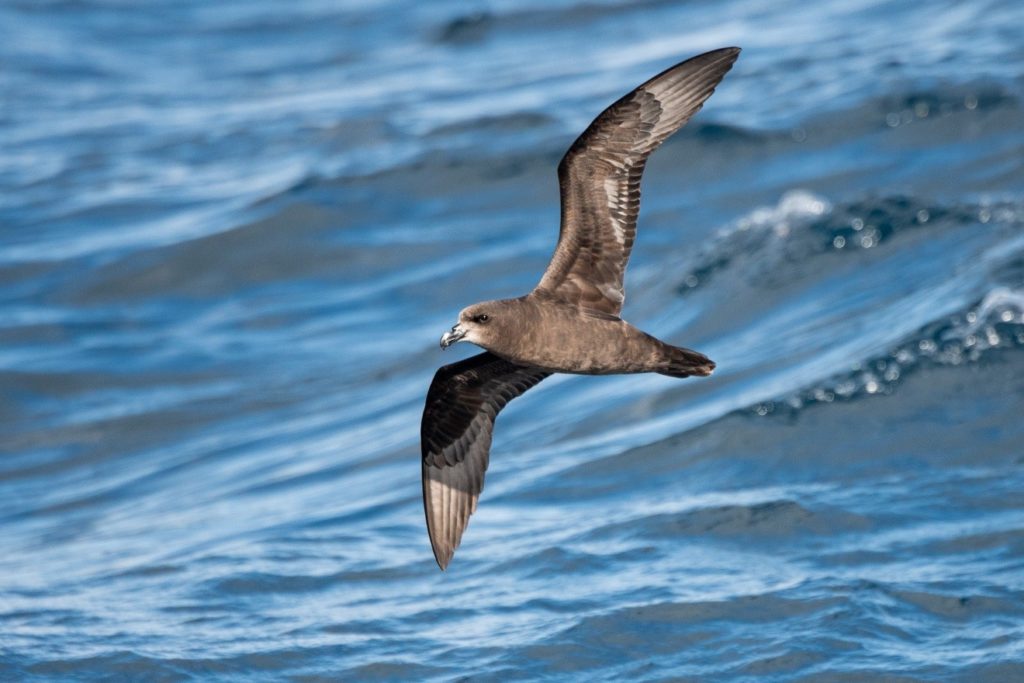
Out in the deep ocean is where grey-faced petrels find their food. They frequently feed at night on the vast swarms of vertically migrating prey (squid, fish, crustaceans) that rise from the dark depths to feed in surface waters as the sun goes down. And of course, all these nutrients from this ocean smorgasbord are brought back for free to The Noises. This in turn fertilises the forest soils in the form of guano (poo) from adult birds and their chicks, enhancing plants, insects and the whole ecosystem. Importantly, it also runs off into the marine environment stimulating seaweed growth and the health of local reefs. Although grey-faced petrels have taken a hammering from introduced predators on the New Zealand mainland, it’s lucky they still have safe breeding habitats such as The Noises where these amazingly important ecological relationships can persist reinforcing why The Noises is so special.
Matt Rayner is the Curator of Land Vertebrates at Tāmaki Paenga Hira Auckland War Memorial Museum. Like the seabirds he studies, he’s a regular visitor to The Noises.


